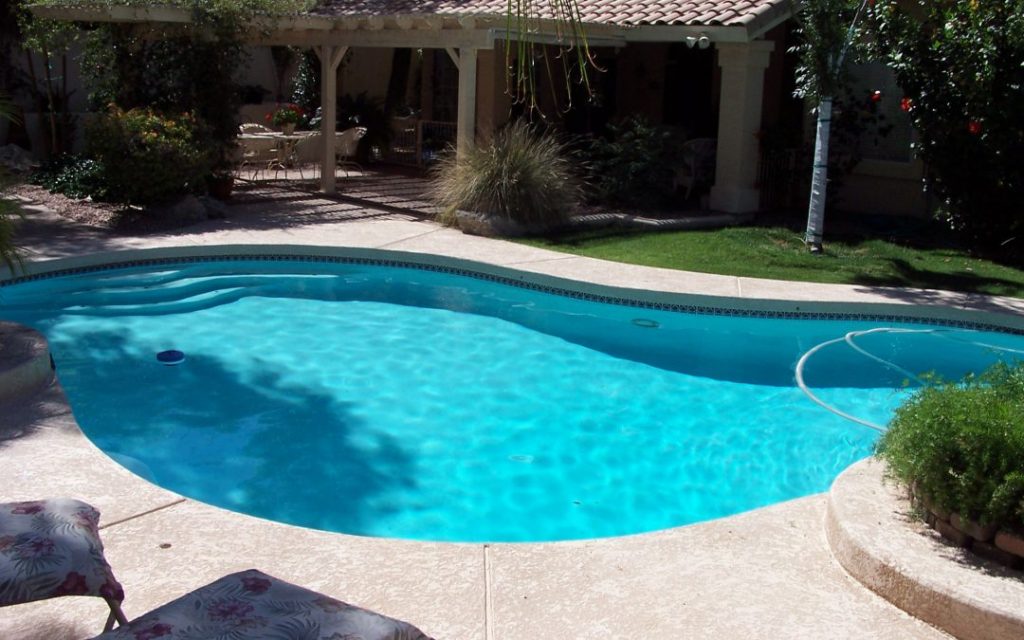You may throw your hands up and decide the best strategy would be to drain the pool and start over. In actuality, draining a pool should be a last resort. Most in-ground pools will need to be emptied and refilled at some stage. Possessing a pool is risky business for many reasons. Your pool isn’t intended to be empty. Whether you have got a vinyl, concrete, or fiberglass pool, then it is at its best when it is full of water. When the water is drained, you open yourself up to all sorts of harm, so drain a pool only if there is not any other option. The Best danger you face when draining a pool is hydrostatic pressure. That is only a fancy word for the pressure of each the groundwater around and below your pool pushing from the pool walls and floors. Water is heavy, and hydrostatic pressure could be significant. When you haven’t adequately planned for the onslaught of hydrostatic pressure, your swimming pool may be severely damaged.

Source of harm is from the strain of Groundwater beneath the pool pushing up on the pool floor. For those who have a concrete pool, the pressure of the water beneath can cause the ground to shift and crack. In a fiberglass or plastic pool, the hydrostatic pressure under can actually lift the floor of the pool, causing severe damage to the ground and the walls. method of dealing with this pressure is with hydrostats, short for hydrostatic pressure valve. A hydrostat is a valve installed in the deep end of your pool and click to read more https://gharpedia.com/blog/draining-swimming-pool/ and gain ideas. The cover is generally sealed tight, and at a cement pool, it might take a while to remove it. Beneath the cover is a pipe which leads down right to the dirt or gravel under your pool. Opening up the valve allows water to come up from beneath the pool and pour in the pool, relieving the strain. In case you have hydrostats on your swimming pool, never drain the pool without even opening them.
Another threat from hydrostatic pressure is the burden of water around your pool. If the water table is greater than the floor of the heavy end of the swimming pool, water from the ground around your pool will place pressure on its walls. The amount of pressure depends upon how the pool was constructed. When any pool is set up, you begin by Excavating a hole bigger than the pool. The pool is constructed on in the event of a fiberglass pool, placed inside this hole. The area around the pool is then filled in with dirt, usually in the excavation. That replaced dirt is known as backfill and is generally not as dense as the virgin soil around it. The excavation and backfilling produce a bowl effect, where the virgin soil forms a bowl which collects water from the looser backfill. This water is heavy and presses in your pool. When your pool is filled with water, the pressure of the pool water accounts the groundwater. But when the pool is drained, there is nothing pushing back against the pressure from the groundwater.